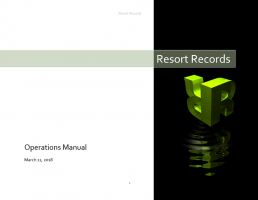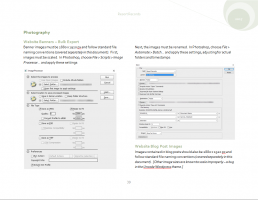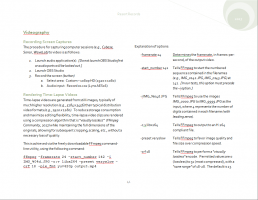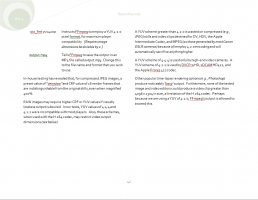If there’s one thing I’ve learned, it’s that I forget a lot. Physicist (and bongo player) Richard Feynman developed a technique for understanding and remembering complex ideas that I’ve found to be useful in the recording studio. For the music entrepreneur – or any entrepreneur, really – with so many hats to wear, this technique might improve your efficiency too.
Richard Feynman
Feynman was nutty about reducing complex ideas down to their fundamental parts. The Feynman Technique, as explained in “Genius: The Life and Science of Richard Feynman,” attempts to systematize this process of logical reduction down to two steps:
- Commit your ideas to paper. By committing your ideas to paper (or tablet, or whatever), you force yourself to recognize and confront the holes in your knowledge. If you’ve ever written a business plan, you know how this works.
- Teach your ideas. Through teaching (or pretending to teach) your ideas to others, you will instinctively pare away distractions from the core principals.
For the DIY musician, this means documenting your routines in a manual of sorts, with chapters for songwriting, recording, mixing, mastering, publishing, and marketing, for example, and honing them – this should be treated as a living document – through regular updates. Fine-tune ’em, right down to their nuts. Of knowledge. Their fundamentals.
To meet the educational requirement, compose these manuals for a student, a bandmate, a volunteer, roadie, or whoever – anyone other than yourself. Mine are composed for and incorporated into a formal company “Operations Manual” – an employee handbook, if you will (though I’m the sole employee of my company so far and perhaps forever because, honestly, nobody in their right mind would want to work for me). The point is to write as if teaching the skill to a new hire. Consequently, explanations tend to be more concise.
It bears repeating: Don’t write for yourself! When jotting notes to ourselves, we favor the details with little regard for context. In other words, two years from now, when you launch your next online marketing campaign – let’s assume you’re as prolific as I am – you won’t remember what a “retargeting pixel” is nor why you chose to implement them in the first place. For the sake of your future stupid self, define it as you would for an infant and don’t spare the historical context. You’ll thank you later.
Here are a few pages from my company’s Operations Manual:
Don’t be fooled by the pretty formatting. It’s still just a collection of loosely related notes. What’s valuable isn’t readily apparent. [Best pickup line ever.] These pages are the result of countless procedural tweaks, discoveries, and restarts. While you might have a photographic memory for command-line program parameters, I do not. Not even close. And it gets more not-even-close every year. I mean, by the time I render another time-lapse video (page 41), I will likely have forgotten every step of the process.
If this seems too large a commitment, start small. You probably already use a to-do list or notepad app to jot down ideas. Tag useful additions to your workflow with hashtags (e.g., #marketing, #publishing) and move on, without further concern for presentation or organization. Eventually, you’ll come to appreciate and even rely on those nuts (of knowledge) you’ve squirreled away and perhaps realize the value in putting things in a more readable format. And, of course, if a single tome becomes unwieldy, there’s no reason you can’t break things out into separate manuals. I confess to keeping separate documents for many of the tools in my recording studio, from vintage synthesizers to audio editing applications.
Mecha-Feynman
For complex, repeatable workflows, like mixing and mastering, I’ve taken this process of reduction one step further by producing task-specific checklists. These are wildly useful. Admittedly, they veer from the Feynman Technique in that they dispense with the educational component. Here, the reader is assumed to understand the underlying principles. That is to say, for expediency, there is little discussion of why, and more of what to do and when to do it. Furthermore, details are sometimes supplied, but not always – it depends on the complexity of the task and how likely one is to remember how to repeat it. That being said, no steps are skipped. The checklist is terse yet complete, at least mentioning each step of the workflow from start to finish. For example, here are some pages from my Mixing Checklist, as of March 11, 2018:
Granted, if I were a full-time mixing engineer and did little else, I wouldn’t require a regular kick in the brain, but again, with so many responsibilities, it’s easy for the lone entrepreneur to forget things. Important things. Things you spent months learning in the first place. Things you spent years fine-tuning. Such a checklist can be equivalent to super-memory, where a quick power-up restores your ability to function at peak performance. Zap! “I know kung fu.”
Feynman. Mecha-Feynman. History tells us they must fight (and that Mecha-Feynman will lose), but ignore all that. For our purposes, both are good. Both can help us learn and retain more information. Both can help us work more efficiently. I hope you’ll find them as useful as I have.







